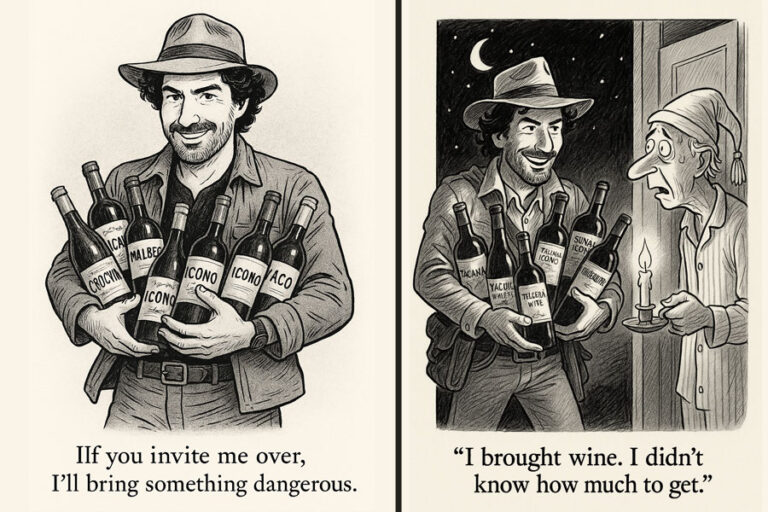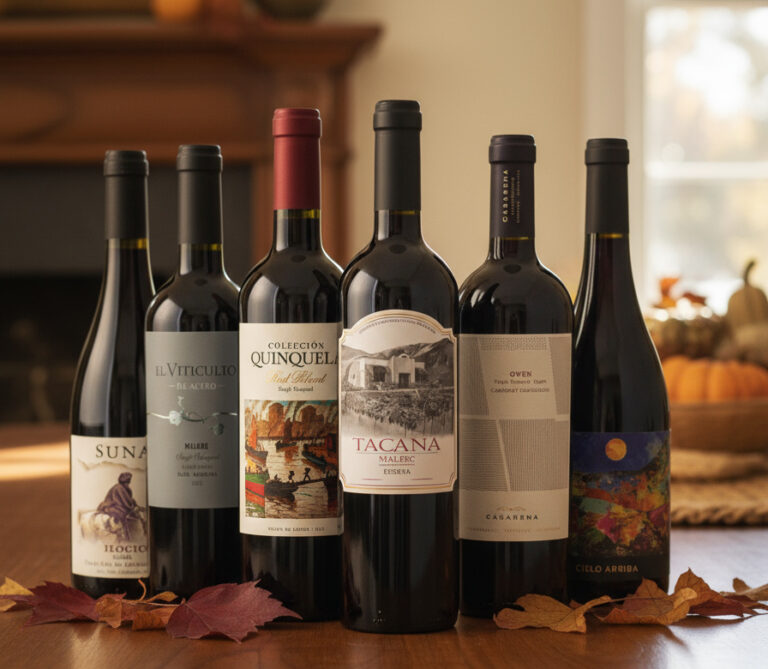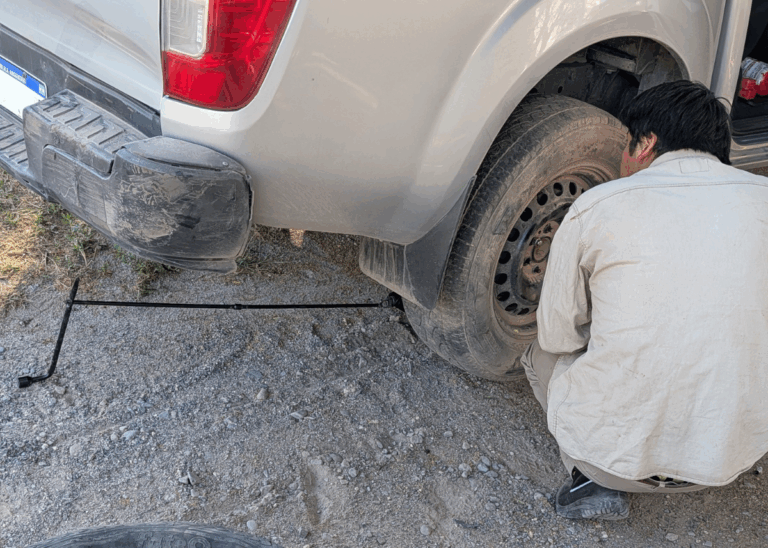[et_pb_section fb_built=”1″ admin_label=”section” _builder_version=”3.22″][et_pb_row admin_label=”row” _builder_version=”3.25″ background_size=”initial” background_position=”top_left” background_repeat=”repeat”][et_pb_column type=”4_4″ _builder_version=”3.25″ custom_padding=”|||” custom_padding__hover=”|||”][et_pb_text _builder_version=”4.3.2″]
“If disease comes for the vines, it will kill the roses first,” explained our host.
Sipping a merlot rosé out on the patio of a winery near the ruined Roman town of Volubilis, we had wondered aloud why each vine row had at its head a rose bush.
[/et_pb_text][et_pb_image src=”https://bonnerprivatewines.com/wp-content/uploads/2020/05/Moroccan-Rose.png” align=”center” _builder_version=”4.3.2″][/et_pb_image][et_pb_text _builder_version=”4.3.2″]
Siroua – a peppery Moroccan rosé from merlot grapes
In Morocco, winemakers have a flair for the poetic – the result, no doubt, of Moroccan viticulture’s long, twisting history.
The Phoenician winemakers came and went. As did the Romans. And the French. Each empire left not just its ruins, but its vines.
After the French withdrawal in 1956, the Moroccans themselves took over the practice. However, without French know-how, or French customers (Morocco is a majority Muslim country), both quality and revenue suffered.
By the 1980s, Morocco would become a sort of Cabo San Lucas for the hippest Frenchmen, among them the designer Yves Saint Laurent, who led the way in 1980 by acquiring an old French compound in Marrakech.
[/et_pb_text][et_pb_image src=”https://bonnerprivatewines.com/wp-content/uploads/2020/05/Saint-Laurent-Compound.png” align=”center” _builder_version=”4.3.2″][/et_pb_image][et_pb_text _builder_version=”4.3.2″]
Inside Saint Laurent’s compound
King Hassan II, realizing that he was losing Morocco’s European drinkers to imported French and Spanish wines, invited French winemakers to return and revive Moroccan viticulture in the 1990s.
More on that in a moment… But first, you asked, Julien answered! This week, resident expert Julien Miquel personally answers some of your wine questions… like “does the shape of the glass make a difference in taste?”… and “why does geography have such an effect on wine?”… and “how does the Partnership find their wines?”…
[/et_pb_text][et_pb_video src=”https://www.youtube.com/watch?v=jnACgVMXnLg&feature=youtu.be” _builder_version=”4.3.2″ width=”75%” width_tablet=”85%” width_phone=”95%” width_last_edited=”on|phone” module_alignment=”center” hover_enabled=”0″ module_id=”video”][/et_pb_video][et_pb_text _builder_version=”4.3.2″]
Rattlesnake wine (continued)
Among Morocco’s vineyards, Les Celliers de Meknès is arguably the most important. Surrounded by olive groves, on dry, sandy soil, with the cooling influence of the nearby Middle Atlas Mountains, it’s a goldilocks environment for a vigneron. The Phoenicians, the Romans, and the French evidently all felt that way, as did Brahim Zniber, who took over the vineyards from the departing French in 1963.
The French influence lives on there today, especially in the Château Roslane Bordeaux-style blend, which is said to be Morocco’s best wine. We’ll agree that with notes of peppercorn, currants, and strawberry, Roslane is certainly the best red we had in Morocco.
[/et_pb_text][et_pb_image src=”https://bonnerprivatewines.com/wp-content/uploads/2020/05/Bordeaux-Blend.png” align=”center” _builder_version=”4.3.2″][/et_pb_image][et_pb_text _builder_version=”4.3.2″]
Château Roslane’s Bordeaux blend
(The appellation is “Coteaux de L’Atlas,” which translates to “Slopes of the Atlas”)
Not that our wine search was by any means exhaustive – wine tasting in Morocco is an activity best undertaken with discretion. Wineries seldom advertise – not because it’s illegal, but rather, it’s not considered polite to promote alcohol consumption. Local guides – mostly Arab or Berber – tend not to be connoisseurs.
Fittingly, we had the full run of Les Celliers when we visited, including its luxurious outdoor patio overlooking the vineyards and olive groves, along with its five-star restaurant, itself built around an olive tree over a hundred years old.
While the red blend was certainly nothing to sneeze at, the stand-out, especially given the weather (full sun, mid-60s), was a chenin blanc.
[/et_pb_text][et_pb_image src=”https://bonnerprivatewines.com/wp-content/uploads/2020/05/CB-Signature.png” align=”center” _builder_version=”4.3.2″][/et_pb_image][et_pb_text _builder_version=”4.3.2″]
The ‘CB Signature’
One hears Moroccan white frequently criticized for a lack of nose. The CB smelled like stepping into one of Morocco’s many courtyard gardens – citrus blossom, dried apricot, pear. On the palate, we caught a zing – but not a mineral zing like, say, a sauv blanc. Instead, it was sour… and utterly spellbinding.
Like the winding alleyways of Old Fez, Moroccan wines tend to dodge and weave when you least expect. Thus, Siroua, the merlot rosé from Domaine Ouled Thaleb.
“It is most emblematic of 2,500 years of Moroccan wine,” explained our host, pouring a glass of the surprisingly bright-red rosé. Merlot rosés tend to be on the paler side.
[/et_pb_text][et_pb_image src=”https://bonnerprivatewines.com/wp-content/uploads/2020/05/Moroccan-Wine.png” align=”center” _builder_version=”4.3.2″][/et_pb_image][et_pb_text _builder_version=”4.3.2″]
“Emblematic of 2,500 years of Moroccan wine”
We eyed the coloring with some suspicion. On first sip, however, the wine vindicated itself, with a rattlesnake bite – tannic and peppery – softened by aromas of fresh-cut grass, cherry trees, and a touch of pomegranate. We found out just how “emblematic” Siroua was when we later enquired about walking the vineyards.
“Bring a big stick. Every snake in Morocco is poisonous,” went the reply.
On the way back to Marrakech, our guide, Lahcen, insisted on a quick stop.
“My wife will be very upset if I bring nothing back,” he said, as we pulled off the road and into a dusty lot next to where a donkey waited patiently outside a nondescript building. Nearby lay a heap of what first appeared to be ocher and green rubble.
“Olives,” said Lahcen. “The farmers from all around bring their olives here for pressing. That’s why you have the donkey waiting outside.”
[/et_pb_text][et_pb_image src=”https://bonnerprivatewines.com/wp-content/uploads/2020/05/Friendly-Beast.png” align=”center” _builder_version=”4.3.2″][/et_pb_image][et_pb_text _builder_version=”4.3.2″]
A friendly beast…
Sure enough, on closer inspection, we confirmed that the rubble was, in fact, a mountain of green, black, and red olives. (There are no distinct varieties of olive tree; olives take on varying colors and flavors, depending on the soil type.)
[/et_pb_text][et_pb_image src=”https://bonnerprivatewines.com/wp-content/uploads/2020/05/Olive-Heap.png” align=”center” _builder_version=”4.3.2″][/et_pb_image][et_pb_text _builder_version=”4.3.2″]
The olive heap
Inside the building, a few men operated an industrial olive press. Large stone wheels crushed the olives to a purple paste, which the men laid out on round sheets that were then placed in a press.
[/et_pb_text][et_pb_image src=”https://bonnerprivatewines.com/wp-content/uploads/2020/05/Olive-Factory.png” align=”center” _builder_version=”4.3.2″][/et_pb_image][et_pb_text _builder_version=”4.3.2″]
From left to right: The crushing wheel, the paste, and the olive press
The resulting oil was not the clear, golden liquid that you find in your local supermarket.
It was opaque and bright yellow. One of the oil makers began ladling it directly from the press into plastic gallon jugs.
Lahcen asked one of the man’s colleagues for a few pieces of bread.
“You’ve never tasted olive oil like this before,” he said.
[/et_pb_text][et_pb_image src=”https://bonnerprivatewines.com/wp-content/uploads/2020/05/Oil-Maker.png” align=”center” _builder_version=”4.3.2″][/et_pb_image][et_pb_text _builder_version=”4.3.2″]
The oil maker
After the man returned with the bread, he invited us to dip it directly into the press (no fear of health code violations here!). As promised, the fresh oil was unlike any we had ever tasted.
For starters, unlike the olive oil we have at home, it had flavor… and lots of it! Think the bite you get from a garlic clove underlying a rich mouthfeel and a grassy aroma.
Lahcen departed with three gallons of the stuff.
[/et_pb_text][et_pb_image src=”https://bonnerprivatewines.com/wp-content/uploads/2020/05/Oil-Haul.png” align=”center” _builder_version=”4.3.2″][/et_pb_image][et_pb_text _builder_version=”4.3.2″]
Lahcen’s oil haul
Back on the road, the cloudy sky finally released its rain.
We passed the ruins of Volubilis once again. Over a thousand years ago, the larger households there had their own olive presses. If you walk around enough, you find the old olive crushers lying there still – giant wheels of white stone under a gray sky.
Until next week,
The Wine Explorer
P.S. Thank you so much for submitting your questions to Julien. He really had a great time going through them all. You can see his answers in his latest video by clicking here…
[/et_pb_text][/et_pb_column][/et_pb_row][/et_pb_section]



